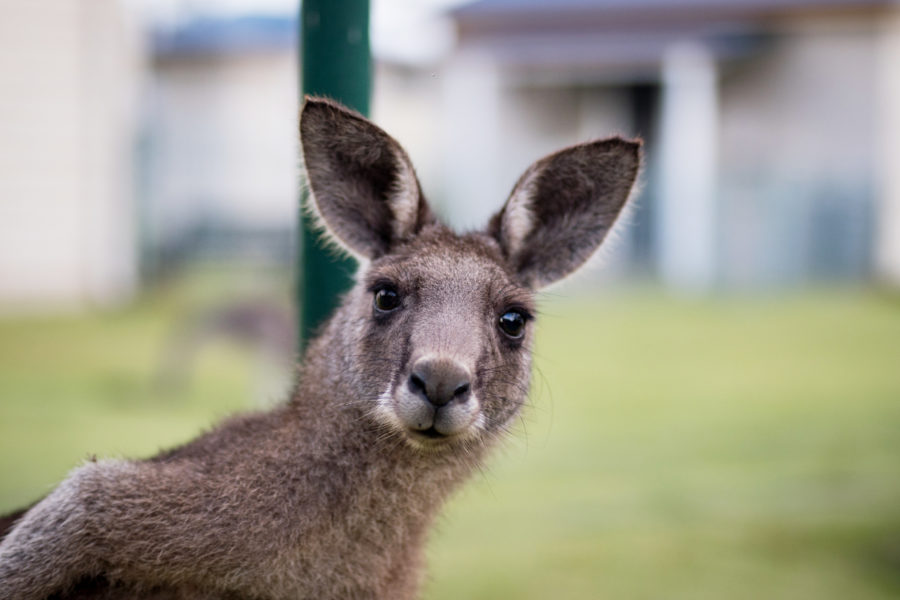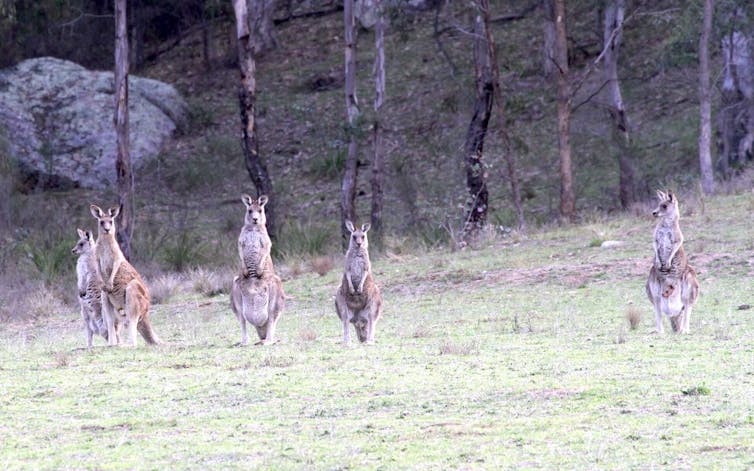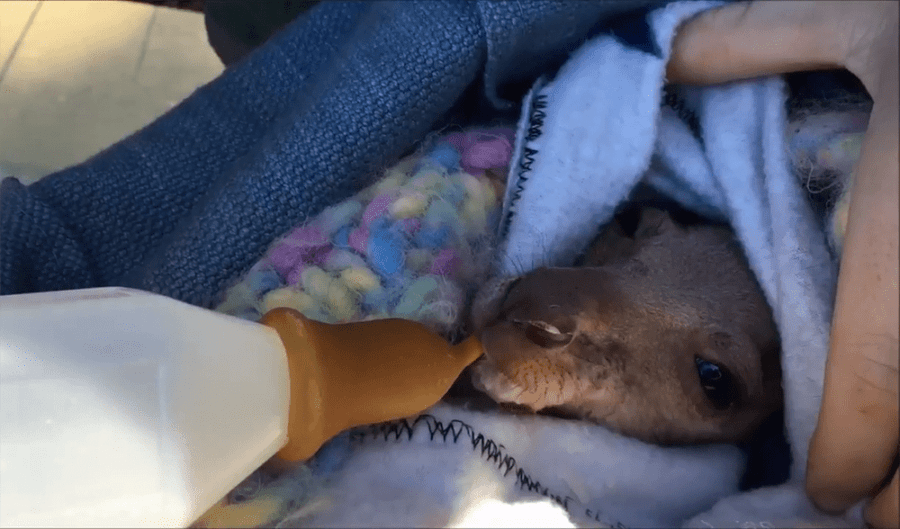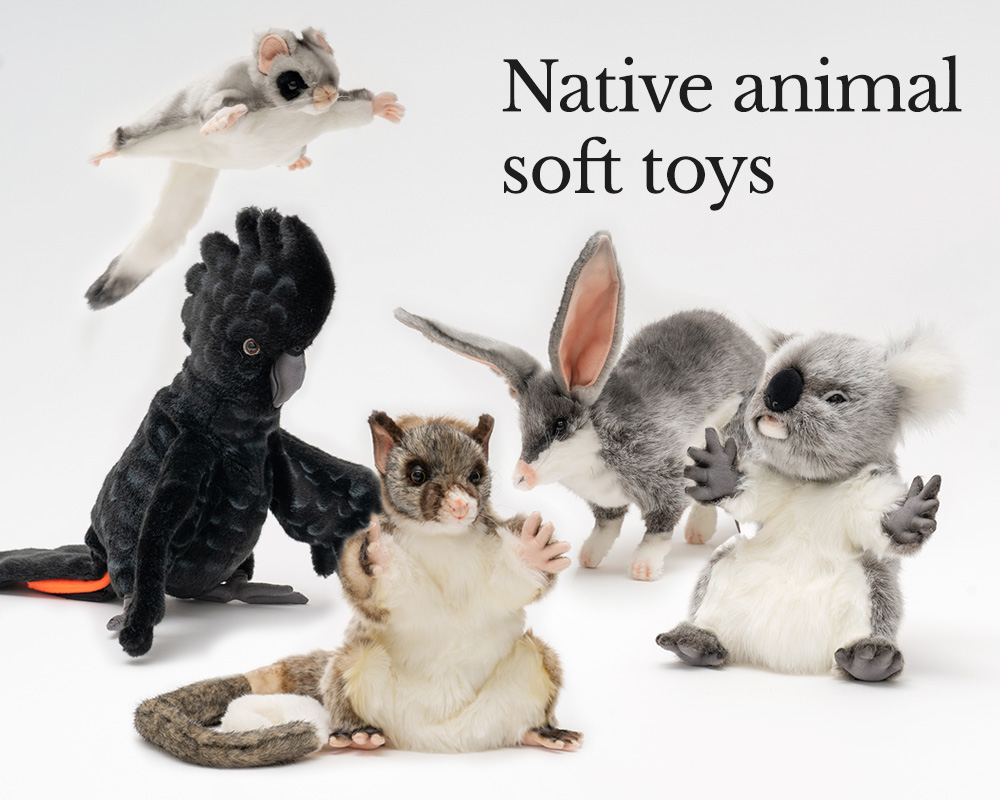Do kangaroos form mothers groups?
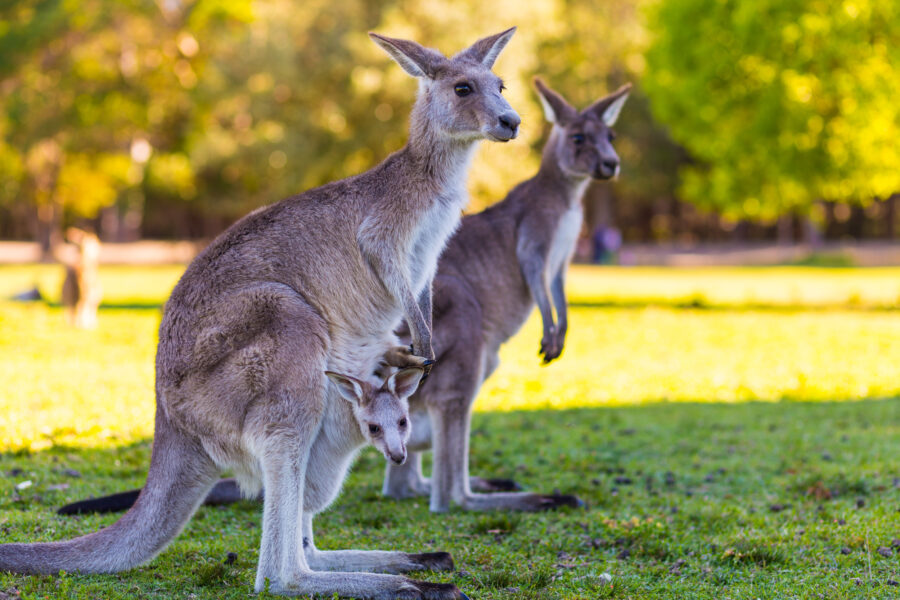
Have you ever wondered what a kangaroo’s social life looks like? Well, kangaroos have stronger bonds to one another than you might think.
Over six years, we monitored a population of around 130 eastern grey kangaroos near Wollar in New South Wales to see how their relationships changed over time. Keeping tabs on individual roos led to some surprising results.
We found that kangaroo mothers become more social when caring for joeys (which is the opposite of what we previously thought). We also uncovered new evidence that indicates kangaroos could potentially form long-term relationships.
This research, published in Animal Behaviour, sheds new light on the behaviour of Australia’s most iconic animal.
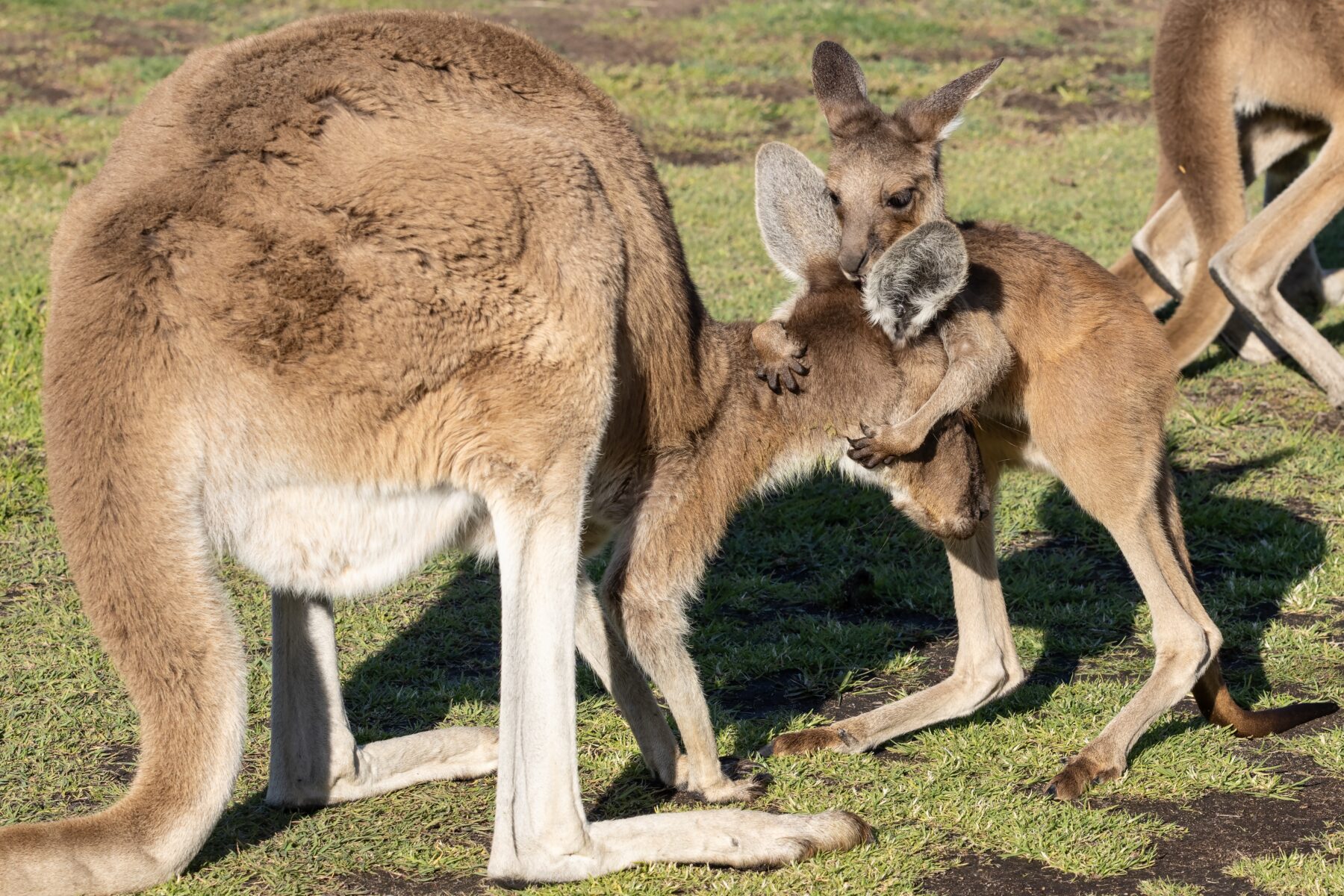
How to watch kangaroos
Eastern grey kangaroos (Macropus giganteus) are found throughout the eastern third of Australia, and they are extremely social animals.
If you’re lucky enough to have some living near you, you’ll notice they are rarely alone. What you might not notice is how often their small groups (called mobs) fluctuate throughout the day.
Kangaroos have a loose “fission–fusion” social structure, which means mobs often split and reform. Knowing this, we wanted to see just how strong kangaroo relationships actually are, and how these relationships changed over several years.
To find out, we spent a few days each year taking photographs of every single kangaroo in our study population. We then used these photographs (all 3,546 of them!) to individually identify each kangaroo.
The best way to tell kangaroos apart (for humans) is the unique shape of their ears, because both the outline of the ears and the inner ear tufts remain very similar throughout the years. New scars can change the overall ear shape, but we were careful to watch out for those.
Using this method, we identified 130 individual kangaroos. We then looked at which kangaroos appeared next to each other in the same photograph to get an idea of what their social groups looked like.
We also gave each kangaroo a social score based on how many other kangaroos they associated with and how “popular” these associates were.
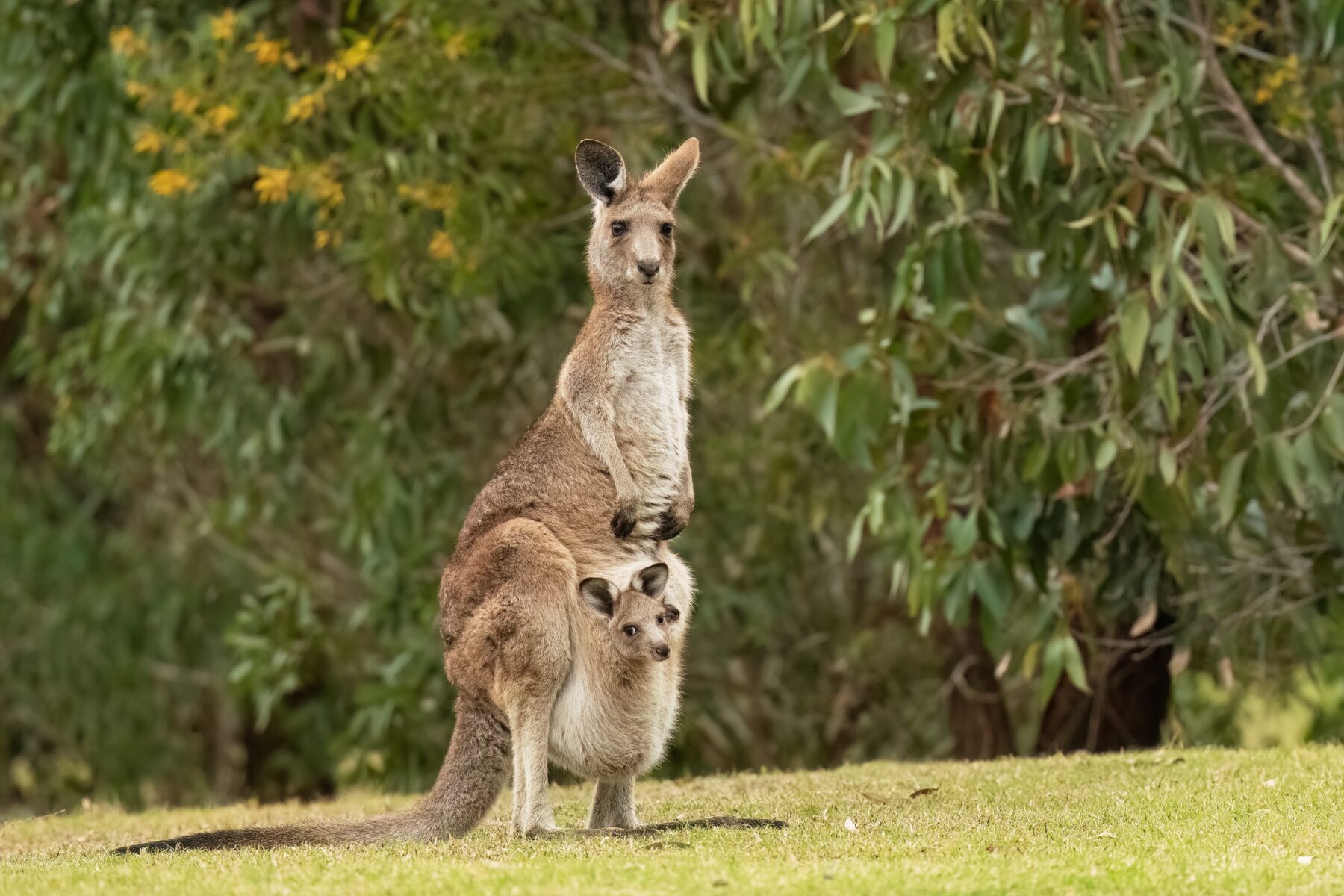
Suprising sociability
There are usually a couple of difficulties in this sort of long-term animal study, such as identifying individual animals and being able to follow the same population over several years. These problems are easily avoided with kangaroos, as our photographic survey let us identify animals without invasive tagging, and they tend to return to the same place every day.
We could easily look at the short-term and long-term relationships of each kangaroo, as well as how these relationships varied with sex, age and reproduction.
Looking at sociability on an individual level produced some surprising results.
We discovered some kangaroos were just more social than others. In some this was consistent, and in others it changed from year to year.
In fact, we found female kangaroos tended to be much more social in years when they had joeys. This is quite different from earlier research, which suggested kangaroos actually tend to isolate from the rest of the population when they become mothers.
What we think is happening here is that, while mothers tend to spend time in smaller groups (which is what other studies have shown), those groups change often. As a result, mothers associate with more other kangaroos in total – which would account for their high social scores.
So kangaroos’ loose social structure allows them to adjust their sociability with their reproductive state.
Long-term friendships?
However, the fact the social structure is loose doesn’t mean it is simple. We found kangaroo relationships might be far more complex than previously thought.
Some of our kangaroos maintained friendships across multiple years, a phenomenon that was particularly common among females. Kangaroos that were more “popular” – as determined by the social score we calculated – were far more likely to have these friendships.
This is the first evidence for long-term relationships in macropods (the animal family that includes kangaroos as well as wallabies, quokkas and others). However, long-term relationships are common in other large, social herbivores such as elephants, giraffes and ibex.
We only looked at the kangaroos for a short time each year. To find out whether they really do form long-term relationships, we will need to do more research. However, we have shown such relationships are a possibility, which is itself a very exciting development in the study of kangaroo behaviour.
The importance of social organisation
So what’s next? The study of animal behaviour is constantly changing and there’s always lots more we can learn.
We have shown the benefits of looking at animal populations on an individual level, not just a species level. With this in mind, future research should investigate the existence of long-term relationships in kangaroos, as well as why female kangaroos might deliberately increase their sociability when they become mothers.
We often underestimate the importance of social organisation in animals. Further research into kangaroo behaviour can help us better appreciate the intelligence and social complexity of our favourite marsupials.
Nora Campbell is a PhD Candidate at UNSW Sydney.
This article is republished from The Conversation under a Creative Commons license. Read the original article.
